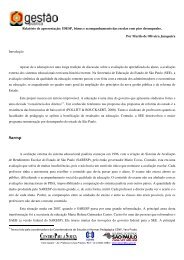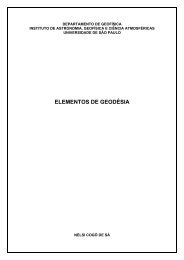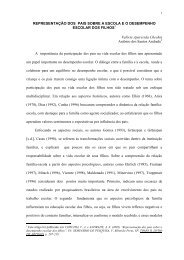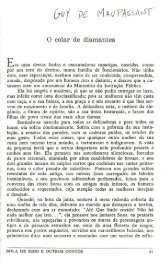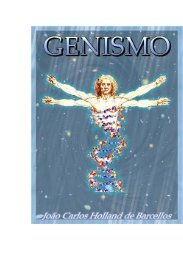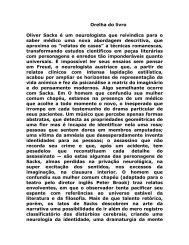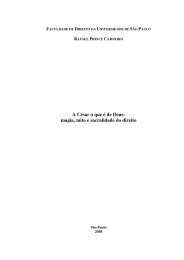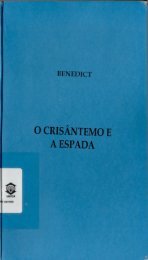A HISTORY OF MODERN IRAN - Stoa
A HISTORY OF MODERN IRAN - Stoa
A HISTORY OF MODERN IRAN - Stoa
You also want an ePaper? Increase the reach of your titles
YUMPU automatically turns print PDFs into web optimized ePapers that Google loves.
xx A political who’s who of modern Iran<br />
early supporter of the campaign to nationalize the oil industry. He served<br />
Mossadeq in a number of capacities, including foreign minister. After the<br />
coup, he was arrested and executed for “insulting the royal family” and<br />
plotting to establish a republic. He is regarded as a hero of the nationalist<br />
movement. He is one of the few National Front leaders to have a street<br />
named after him by the Islamic Republic.<br />
fazlollah nuri, sheikh (1843–1909) Leading cleric opposed to<br />
the Constitutional Revolution. A prominent theologian in Tehran, he<br />
initially supported attempts to limit royal power, but, growing fearful of<br />
the secularists, ended up siding with the royalists. He issued fatwas<br />
accusing reformers of being secret Babis, atheists, and freethinkers.<br />
Some were killed and executed in the Civil War. After the war, he was<br />
hanged for issuing such lethal fatwas. The modern Islamist movement<br />
regards him as one of their very first “martyrs.”<br />
hoveida, abbas (1919–79) The shah’s longest-lasting premier. A<br />
career public servant, he was raised in a Bahai family – although he<br />
himself was not a practicing Bahai – and was appointed premier in 1965,<br />
when his patron, the previous premier, was assassinated by religious<br />
fanatics. He remained in that post until 1977, whentheshah,inan<br />
attempt to mollify the opposition, first dismissed him and then had him<br />
arrested. He was one of the first to be executed by the revolutionary regime.<br />
iskandari, mirza sulayman (1862–1944) Qajar prince<br />
prominent in the socialist movement for half a century. Opponent of<br />
royal despotism, he participated in the Constitutional Revolution – his<br />
elder brother fell victim to the Civil War; helped lead the Democrat Party,<br />
1909–21; was imprisoned by the British in World War I; headed the Socialist<br />
Party in 1921–26; and returned to politics in 1941 to chair the Tudeh Party.<br />
kashani, ayatollah sayyed abul-qassem (1885–1961) The<br />
main cleric who first supported and then opposed Mossadeq. A refugee<br />
from Iraq where his father had been killed fighting Britain after World War<br />
I, he was arrested by the British in World War II. He threw his weight<br />
behind Mossadeq when the campaign for the nationalization of the oil<br />
industry began. He broke with Mossadeq in 1953 avowedly because the<br />
latter did not implement the shari’a. His supporters vehemently deny that<br />
he actively supported the 1953 coup.<br />
kasravi, sayyed ahmad (1890–1946) Leading historian of<br />
modern Iran, especially of the Constitutional Revolution. A staunch



